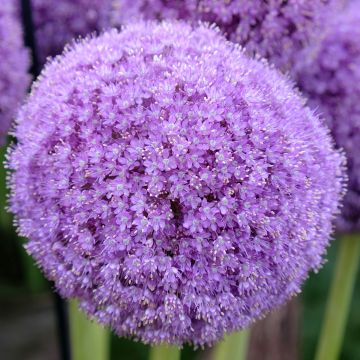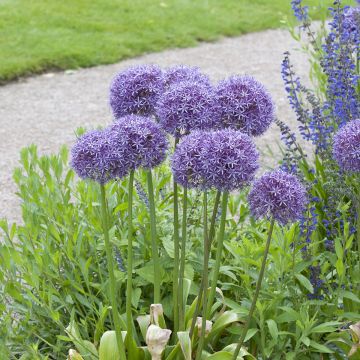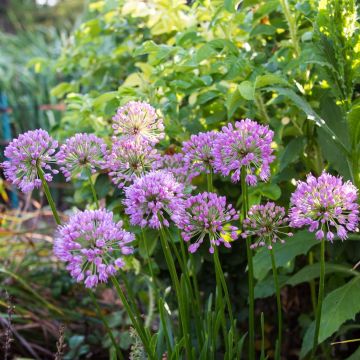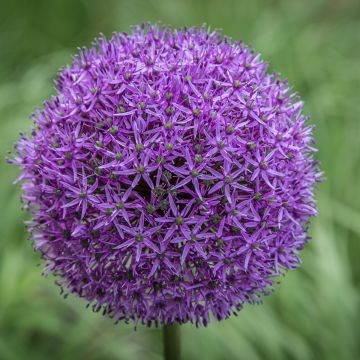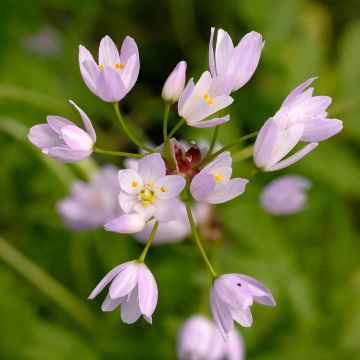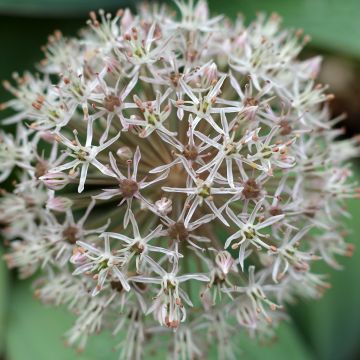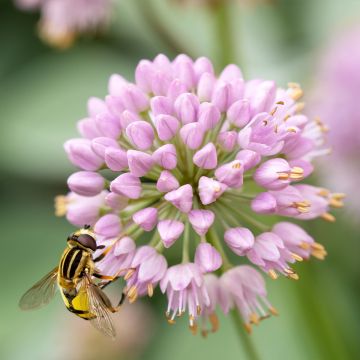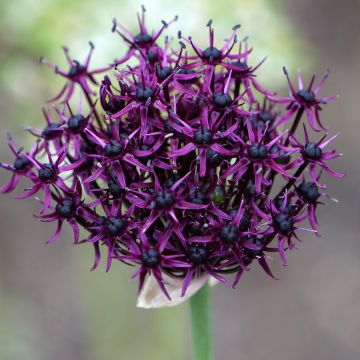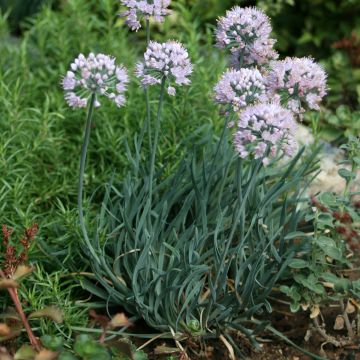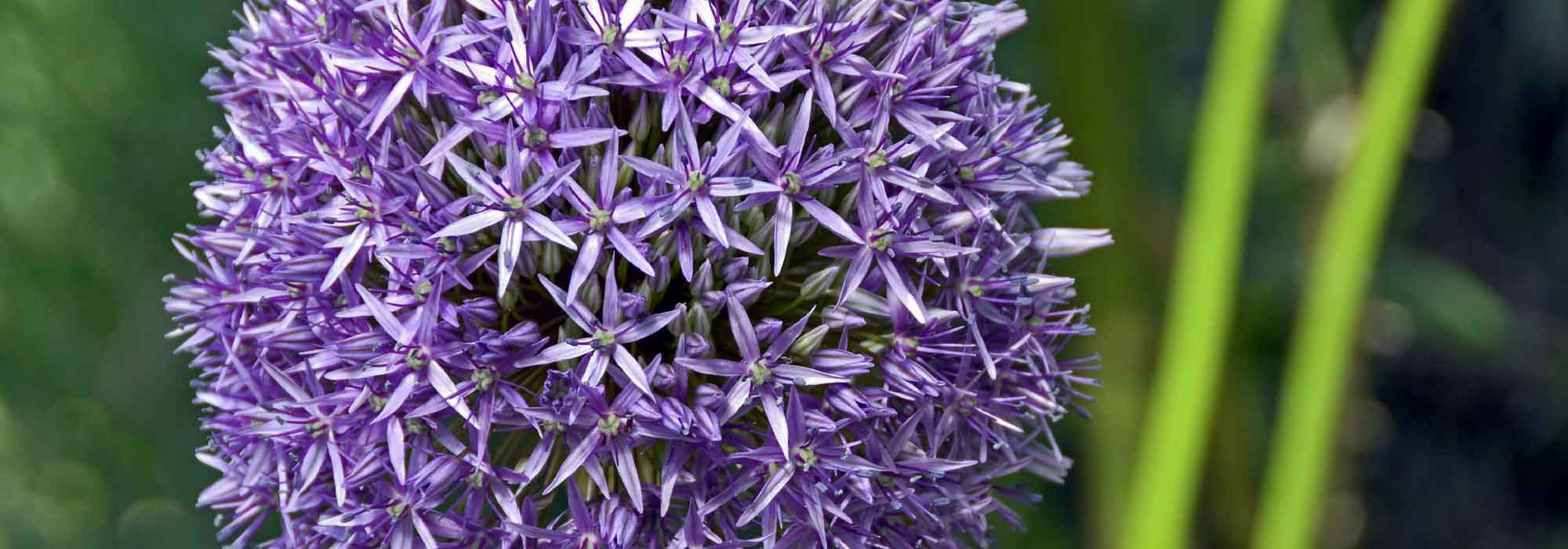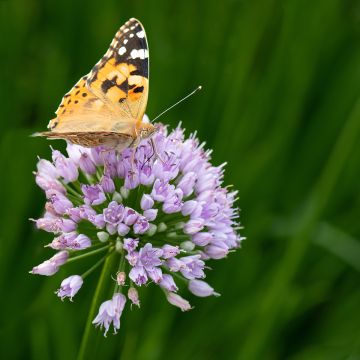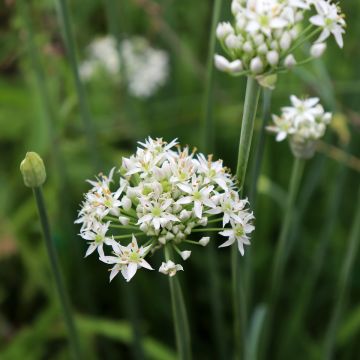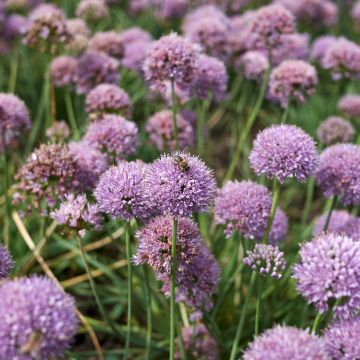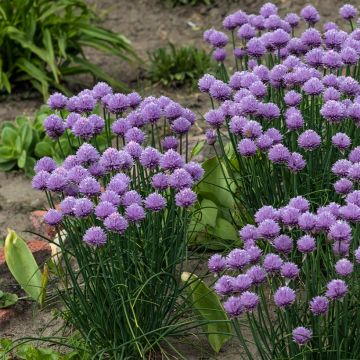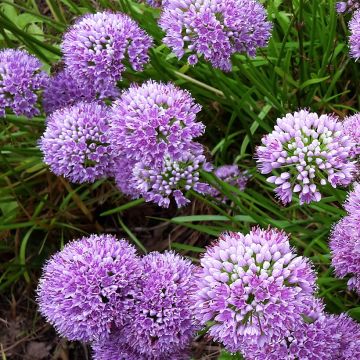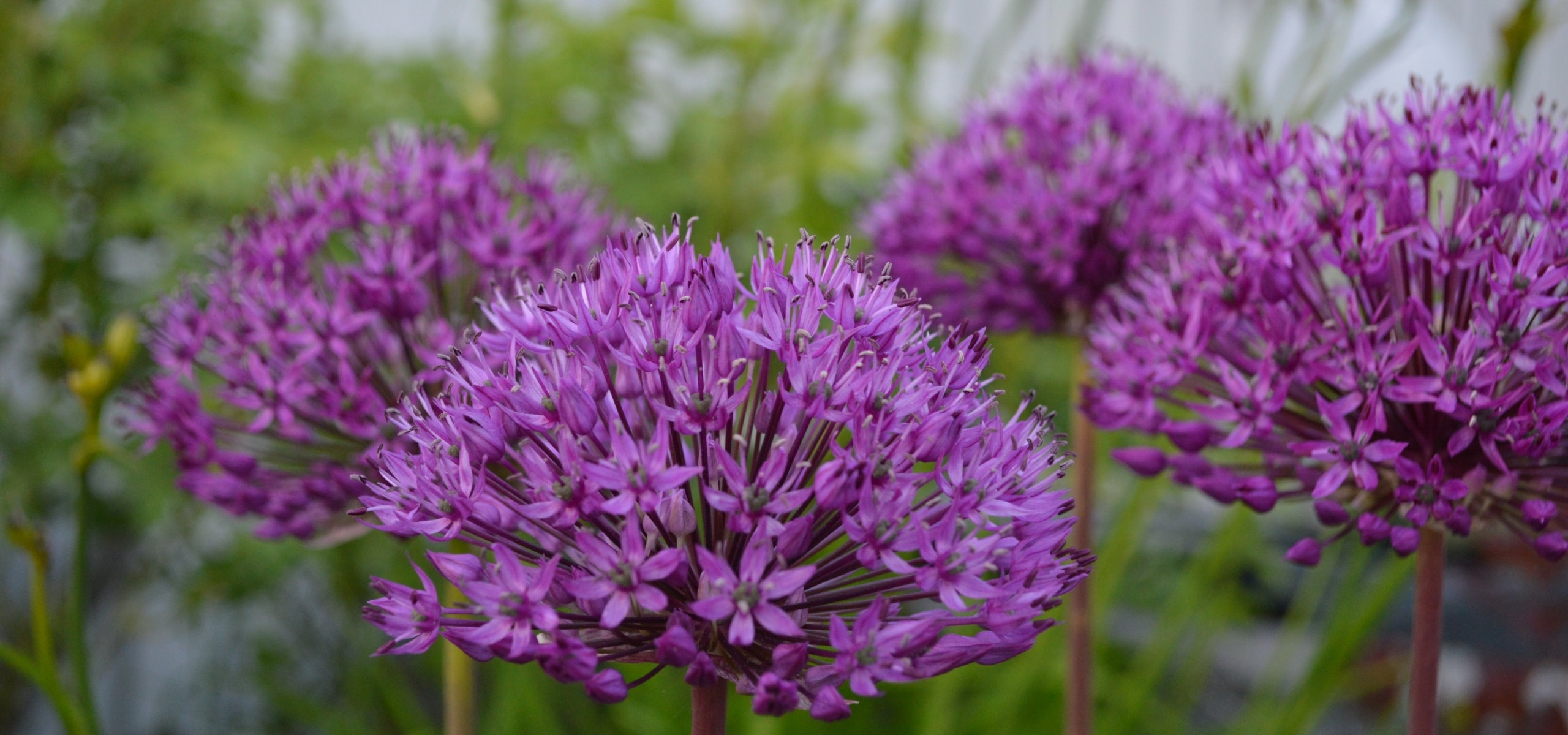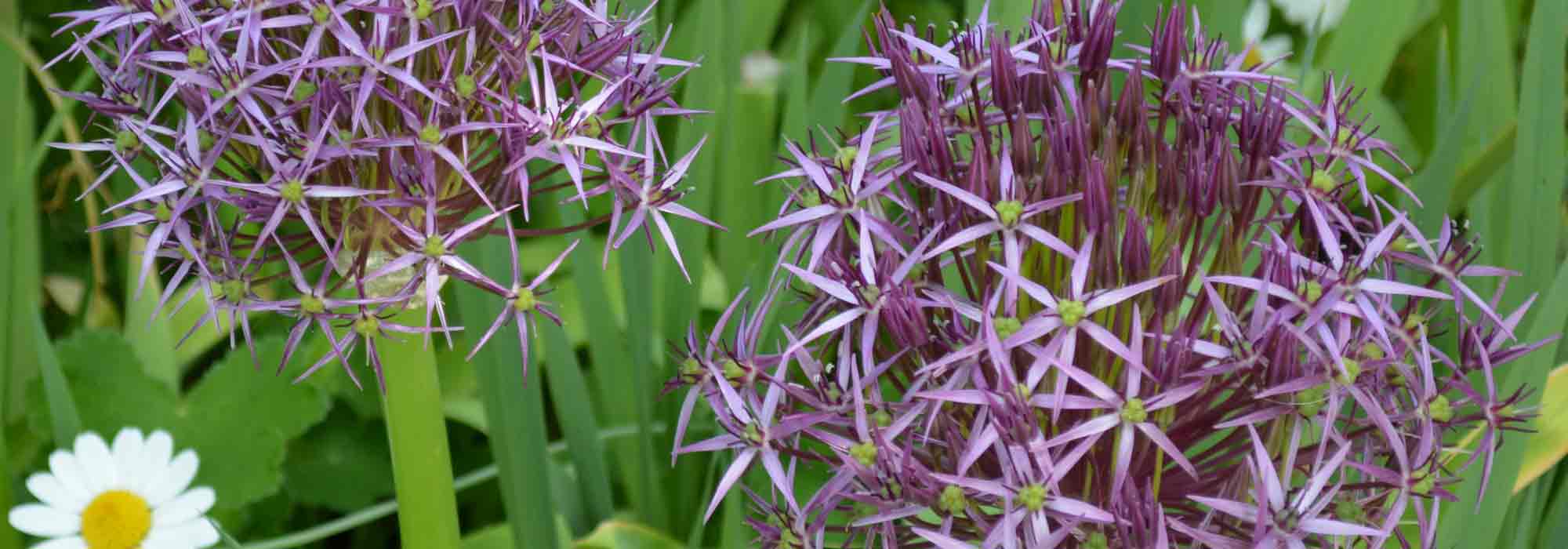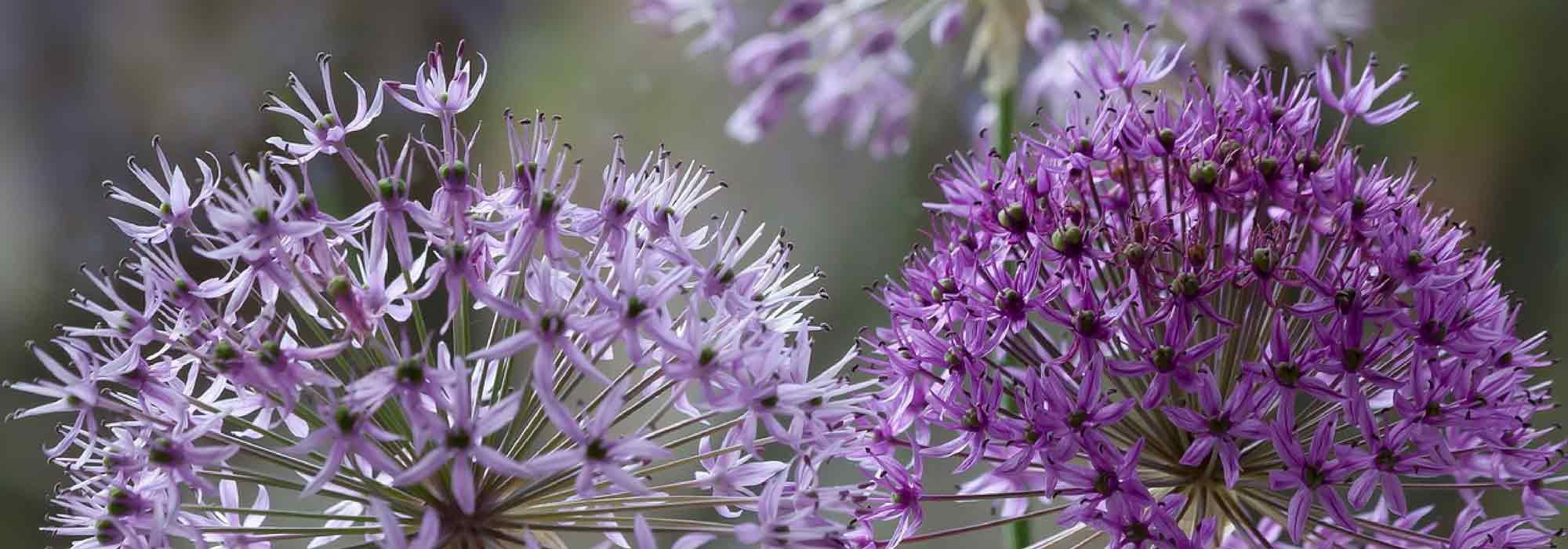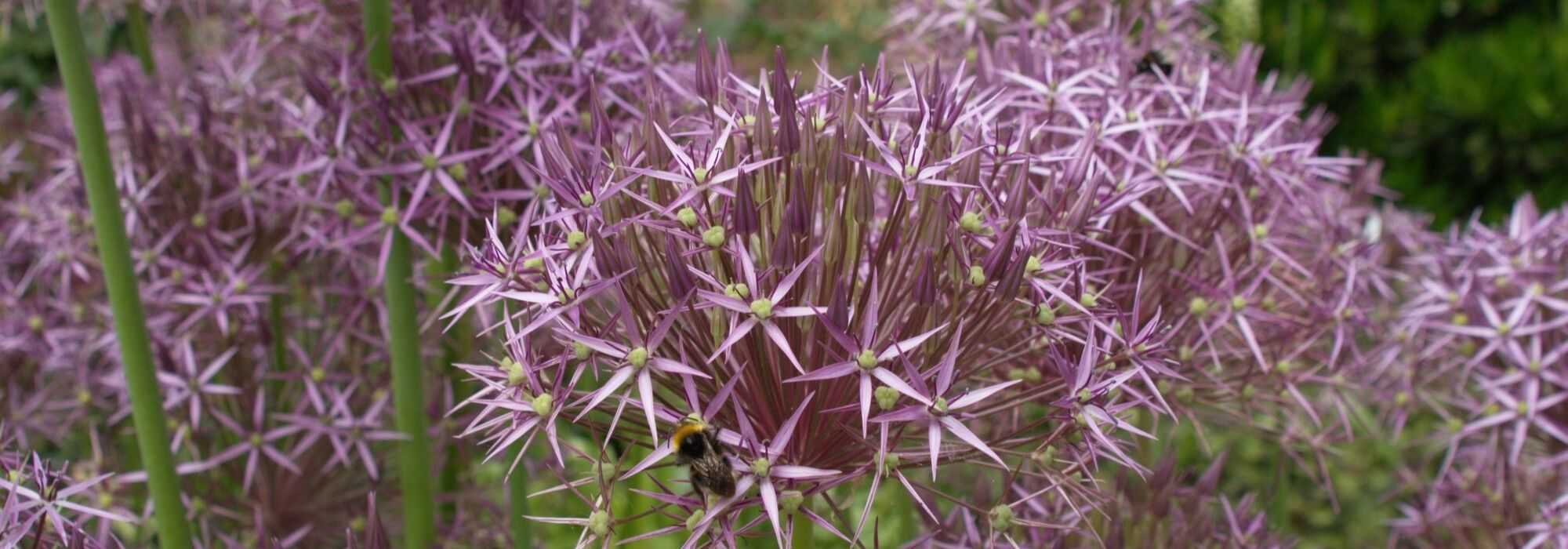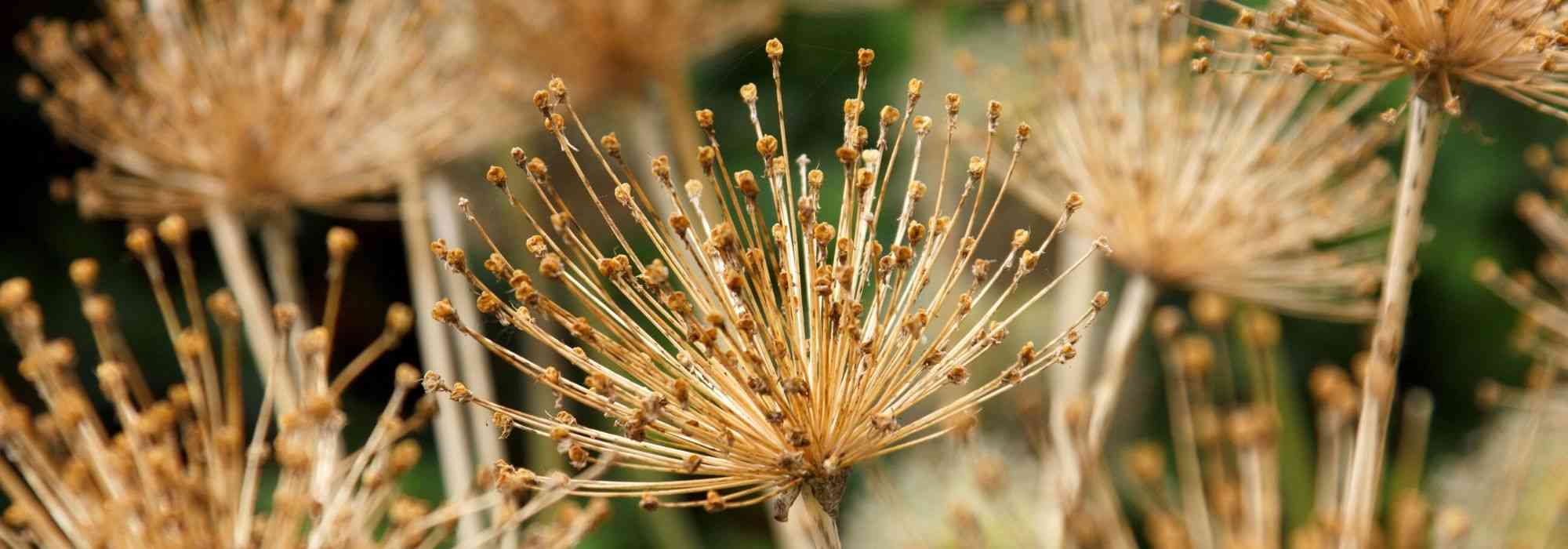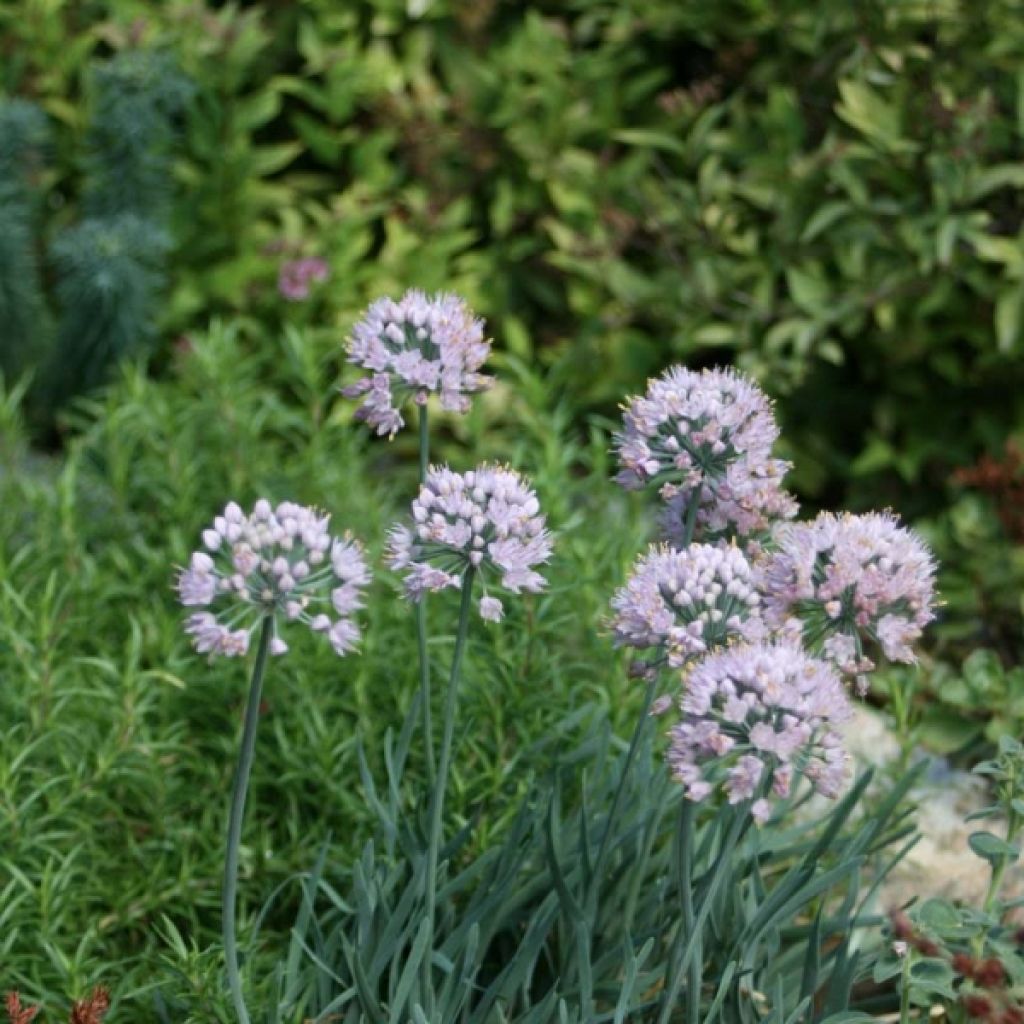

Allium senescens subsp. montanum
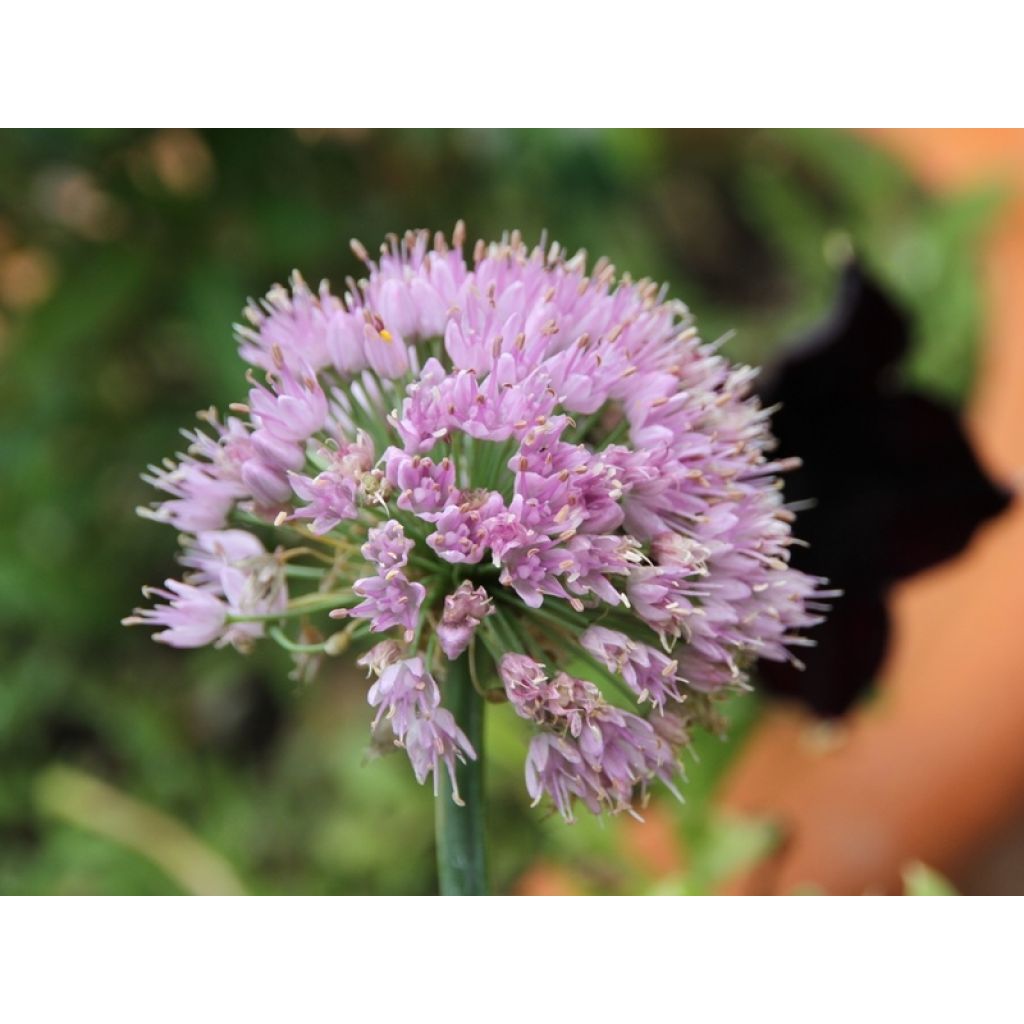

Allium senescens subsp. montanum
Allium senescens subsp. montanum
Allium senescens subsp. montanum
Mountain garlic, Ornamental Onion
Out of 15 bulbs bought and planted, not a single young plant has grown.
Claire, 24/09/2021
Special offer!
Receive a €20 voucher for any order over €90 (excluding delivery costs, credit notes, and plastic-free options)!
1- Add your favorite plants to your cart.
2- Once you have reached €90, confirm your order (you can even choose the delivery date!).
3- As soon as your order is shipped, you will receive an email containing your voucher code, valid for 3 months (90 days).
Your voucher is unique and can only be used once, for any order with a minimum value of €20, excluding delivery costs.
Can be combined with other current offers, non-divisible and non-refundable.
Why not try an alternative variety in stock?
View all →This plant carries a 6 months recovery warranty
More information
We guarantee the quality of our plants for a full growing cycle, and will replace at our expense any plant that fails to recover under normal climatic and planting conditions.
Would this plant suit my garden?
Set up your Plantfit profile →
Description
Allium senescens subsp. montanum, also known as Mountain Garlic, is a beautiful wild plant that resembles chives. This perennial ground cover forms a tuft of gramineous and curiously undulating foliage, with a beautiful glaucous colour. From early summer to September, it produces a large number of flower clusters in bubble-gum pink, as big as ping-pong balls. Its foliage is evergreen depending on the severity of the winter. It is edible and tasty, making it suitable as a condiment. Hardy and tolerant to summer drought, it is a unique plant for rockeries and sunny borders.
Allium senescens subsp. montanum is a rhizomatous perennial bulbous plant. It is native to forests, dry rocky slopes, steppes, saline meadows, and gravelly soils in Western Europe and Northern Asia, from Siberia to China and Korea. This botanical garlic from the Amaryllidaceae family has a fleshy storage organ that multiplies by forming bulblets, allowing the plant to spread over the years. It shares with other members of its family a noticeable onion or garlic smell when its foliage is crushed. The inflorescences, perched up to 35cm (14in) tall, are round umbels measuring 2.5 to 3cm (1in) in diameter, composed of tiny light pink-lilac star-shaped flowers. This flowering lasts for about 4 months if the soil remains moist. The deciduous foliage consists of numerous thick, long, and flat leaves, with a beautiful bluish-green colour, showing a curious twist due to their curled tips.
Be careful! If it likes its environment, this plant quickly spreads!
Easy to grow and unique, mountain garlic thrives in any type of moist but well-drained soil during its growing season. It prefers dry soil in summer. Place it in a sunny location. It can be used in a wild-style garden or a dry garden, along a path or driveway. It also works well in a pot to enjoy its beautiful flowering and delicious foliage on a balcony or patio. Its foliage and flowers will add a unique touch to fresh or dried bouquets. Plant it in groups of 5, nestled among ornamental grasses, perennials like scabious or Lychnis coronaria, or near coreopsis and thrift. Finally, in the kitchen, finely chop its foliage and add it to salads, grilled dishes, or fresh goat's cheese.
Plant habit
Flowering
Foliage
Botanical data
Allium
senescens subsp. montanum
Alliaceae - Liliaceae
Mountain garlic, Ornamental Onion
North Asia
Other Allium
View all →Planting and care
Plant in autumn at a depth of 8 to 10cm (3 to 4in) in moist but well-drained, rocky or sandy soil in a warm position, spaced 15cm (6in) apart. In a hot climate, shade is well tolerated during the hottest hours of the day. Add some sand to the planting hole to improve drainage. Avoid heavy soils. It can withstand harsh winters if water is not allowed to stagnate. It can also be grown in a pot, using a light compost mixture composed of 1/3 sand, 1/3 potting soil, and 1/3 perlite.
Planting period
Intended location
Care
Planting & care advice
-
, onOrder confirmed
Reply from on Promesse de fleurs
Haven't found what you were looking for?
Hardiness is the lowest winter temperature a plant can endure without suffering serious damage or even dying. However, hardiness is affected by location (a sheltered area, such as a patio), protection (winter cover) and soil type (hardiness is improved by well-drained soil).

Photo Sharing Terms & Conditions
In order to encourage gardeners to interact and share their experiences, Promesse de fleurs offers various media enabling content to be uploaded onto its Site - in particular via the ‘Photo sharing’ module.
The User agrees to refrain from:
- Posting any content that is illegal, prejudicial, insulting, racist, inciteful to hatred, revisionist, contrary to public decency, that infringes on privacy or on the privacy rights of third parties, in particular the publicity rights of persons and goods, intellectual property rights, or the right to privacy.
- Submitting content on behalf of a third party;
- Impersonate the identity of a third party and/or publish any personal information about a third party;
In general, the User undertakes to refrain from any unethical behaviour.
All Content (in particular text, comments, files, images, photos, videos, creative works, etc.), which may be subject to property or intellectual property rights, image or other private rights, shall remain the property of the User, subject to the limited rights granted by the terms of the licence granted by Promesse de fleurs as stated below. Users are at liberty to publish or not to publish such Content on the Site, notably via the ‘Photo Sharing’ facility, and accept that this Content shall be made public and freely accessible, notably on the Internet.
Users further acknowledge, undertake to have ,and guarantee that they hold all necessary rights and permissions to publish such material on the Site, in particular with regard to the legislation in force pertaining to any privacy, property, intellectual property, image, or contractual rights, or rights of any other nature. By publishing such Content on the Site, Users acknowledge accepting full liability as publishers of the Content within the meaning of the law, and grant Promesse de fleurs, free of charge, an inclusive, worldwide licence for the said Content for the entire duration of its publication, including all reproduction, representation, up/downloading, displaying, performing, transmission, and storage rights.
Users also grant permission for their name to be linked to the Content and accept that this link may not always be made available.
By engaging in posting material, Users consent to their Content becoming automatically accessible on the Internet, in particular on other sites and/or blogs and/or web pages of the Promesse de fleurs site, including in particular social pages and the Promesse de fleurs catalogue.
Users may secure the removal of entrusted content free of charge by issuing a simple request via our contact form.
The flowering period indicated on our website applies to countries and regions located in USDA zone 8 (France, the United Kingdom, Ireland, the Netherlands, etc.)
It will vary according to where you live:
- In zones 9 to 10 (Italy, Spain, Greece, etc.), flowering will occur about 2 to 4 weeks earlier.
- In zones 6 to 7 (Germany, Poland, Slovenia, and lower mountainous regions), flowering will be delayed by 2 to 3 weeks.
- In zone 5 (Central Europe, Scandinavia), blooming will be delayed by 3 to 5 weeks.
In temperate climates, pruning of spring-flowering shrubs (forsythia, spireas, etc.) should be done just after flowering.
Pruning of summer-flowering shrubs (Indian Lilac, Perovskia, etc.) can be done in winter or spring.
In cold regions as well as with frost-sensitive plants, avoid pruning too early when severe frosts may still occur.
The planting period indicated on our website applies to countries and regions located in USDA zone 8 (France, United Kingdom, Ireland, Netherlands).
It will vary according to where you live:
- In Mediterranean zones (Marseille, Madrid, Milan, etc.), autumn and winter are the best planting periods.
- In continental zones (Strasbourg, Munich, Vienna, etc.), delay planting by 2 to 3 weeks in spring and bring it forward by 2 to 4 weeks in autumn.
- In mountainous regions (the Alps, Pyrenees, Carpathians, etc.), it is best to plant in late spring (May-June) or late summer (August-September).
The harvesting period indicated on our website applies to countries and regions in USDA zone 8 (France, England, Ireland, the Netherlands).
In colder areas (Scandinavia, Poland, Austria...) fruit and vegetable harvests are likely to be delayed by 3-4 weeks.
In warmer areas (Italy, Spain, Greece, etc.), harvesting will probably take place earlier, depending on weather conditions.
The sowing periods indicated on our website apply to countries and regions within USDA Zone 8 (France, UK, Ireland, Netherlands).
In colder areas (Scandinavia, Poland, Austria...), delay any outdoor sowing by 3-4 weeks, or sow under glass.
In warmer climes (Italy, Spain, Greece, etc.), bring outdoor sowing forward by a few weeks.






























